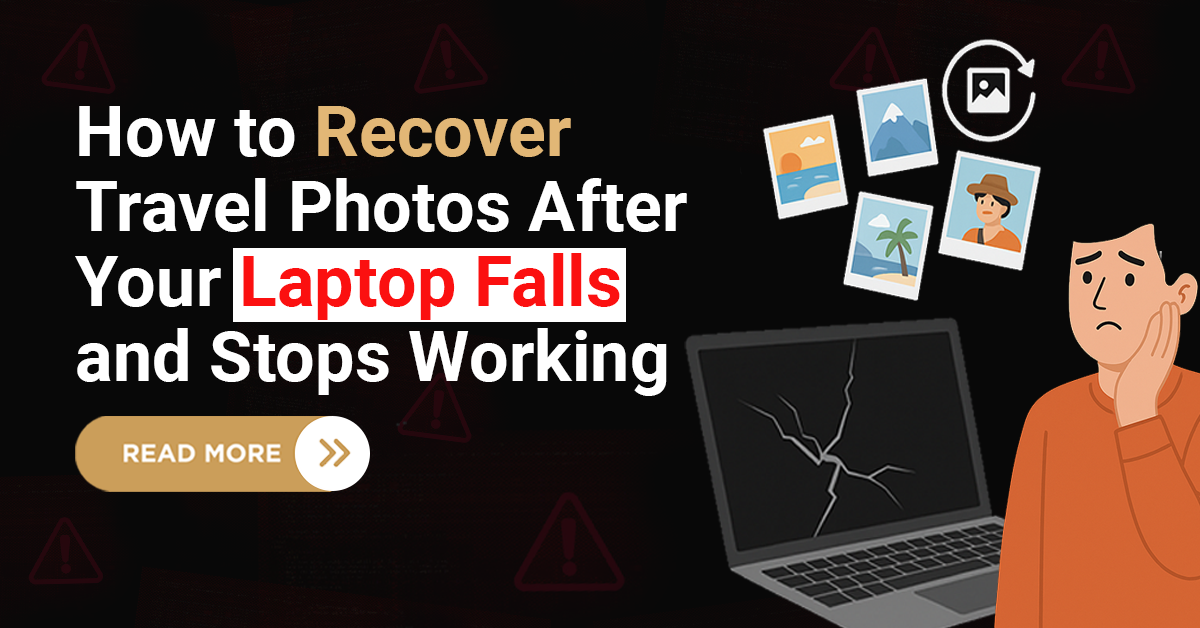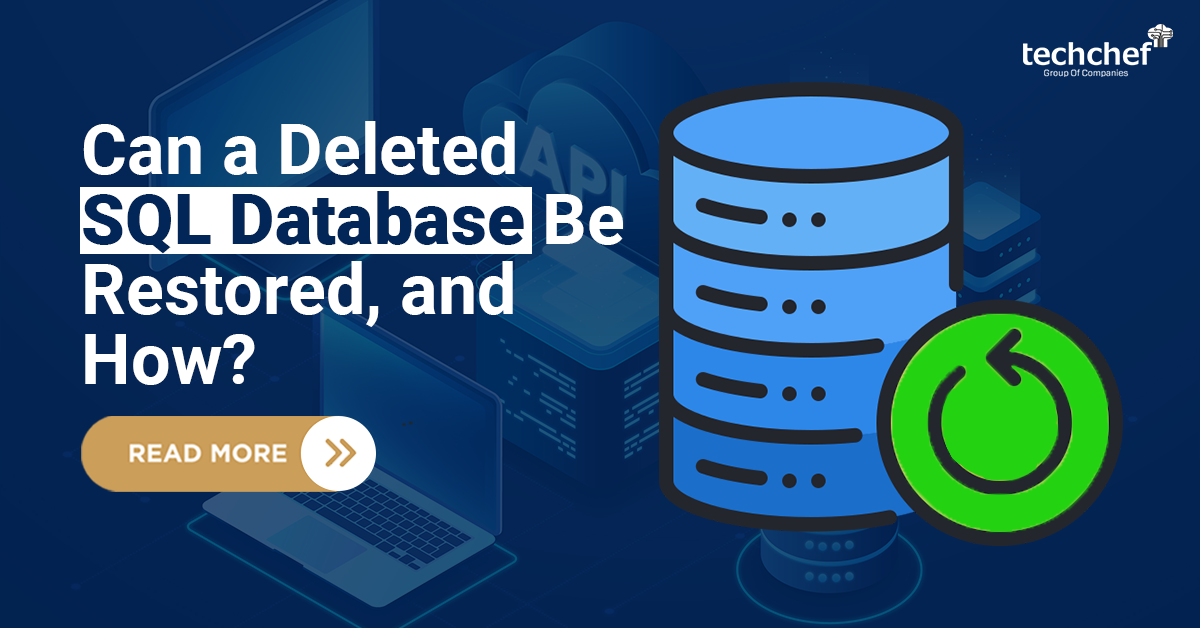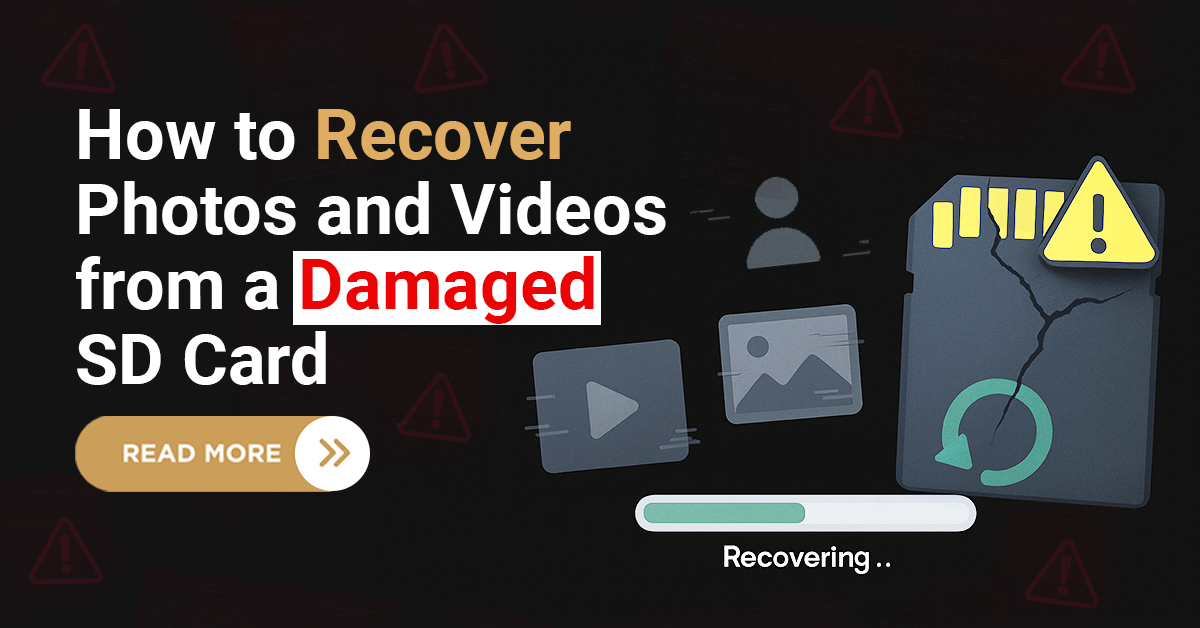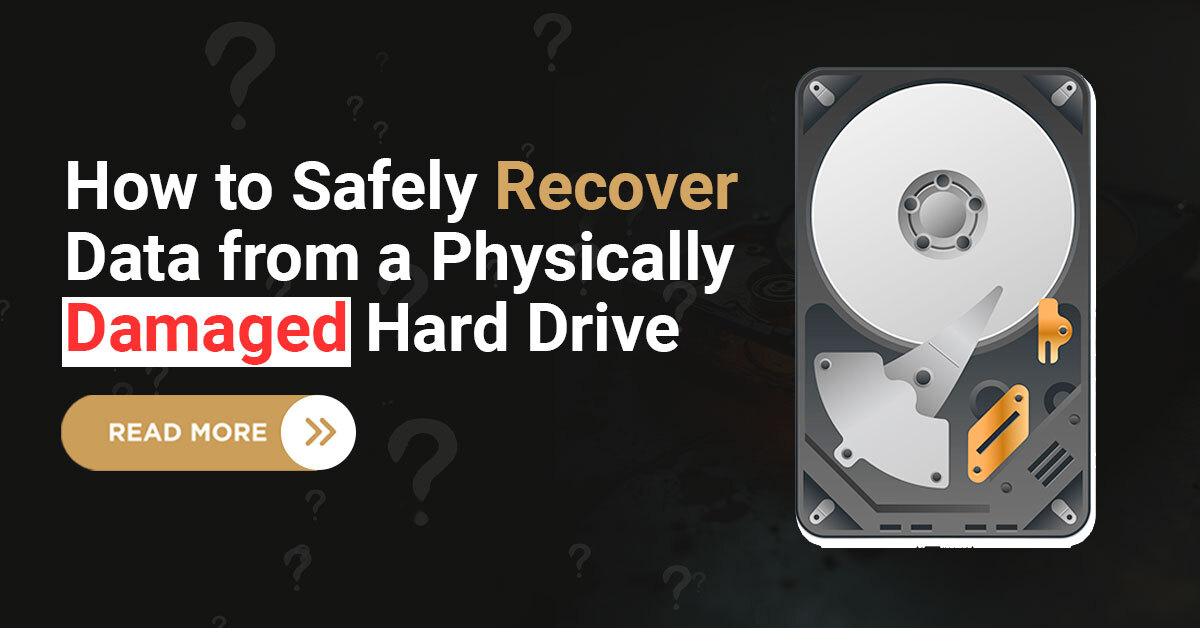When your RAID system goes down, the loss can be more than just digital—it can impact your business operations, customer trust, and valuable memories. If you’ve ever faced a RAID crash, you know how stressful it can be. Let us walk you through the most common causes of RAID failure and the best practices to recover data from RAID safely and effectively.
Hello! My name is Namit Nair and I am a seasoned Data Recovery Expert at Techchef Data Recovery, with over 15 years of experience in restoring lost data from complex RAID systems. To understand this cause lets understand RAID from scratch:
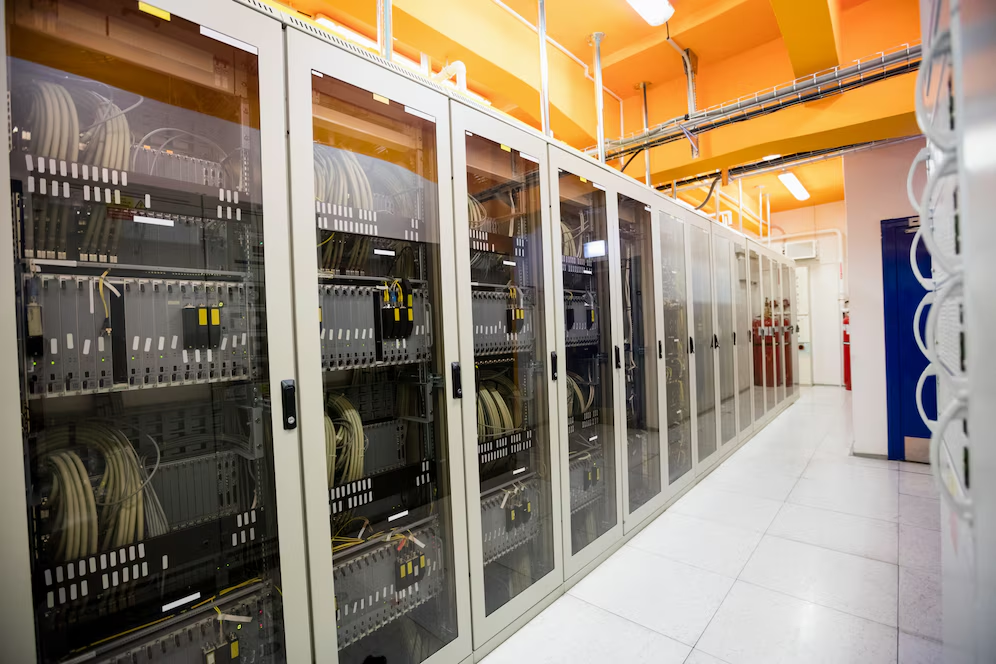
RAID Server
What is RAID and Why Is It Used?
RAID (Redundant Array of Independent Disks) is a method of combining multiple physical drives into a single logical unit to offer better performance, redundancy, or both. Depending on the RAID level used, it can protect your data from drive failure and increase read/write speed.
Popular RAID Levels:
RAID 0 – Striping (no redundancy)
RAID 1 – Mirroring (data duplication)
RAID 5 – Striping with parity (fault tolerance)
RAID 6 – Dual parity (better protection)
RAID 10 – Mirroring + striping (high performance and redundancy)
RAID is widely used in businesses, data centers, servers, and personal NAS setups. However, it’s crucial to understand that RAID is not a backup—it reduces risk, but doesn’t eliminate it.
Did you know? A single RAID rebuild error can wipe out data across all drives in the array.
Top 10 Causes of RAID Failure
1. Hard Drive Failures
This is the most common reason RAID systems fail. Over time, hard drives can wear out or break due to:
Mechanical issues like head crashes.
Electrical component failures.
Manufacturing defects.
RAID 0 offers no fault tolerance—one drive fails, all data is lost. RAID 5 or 6 may survive a single disk failure but not multiple.
2. RAID Controller Failure
The RAID controller manages the data distribution across drives. If it malfunctions, the entire RAID structure becomes unreadable—even if the drives are fine.
Symptoms include:
Array not recognized by BIOS.
Incorrect disk sequence.
Boot failures.
A faulty controller can corrupt metadata, making recovery more complex.
3. Power Surges or Outages
Sudden power loss or spikes can:
Interrupt write processes.
Corrupt RAID configurations.
Damage drives or controllers.
Prevention Tip: Always use a UPS and voltage stabilizer to protect hardware from electrical damage.
4. Human Error
Yes, we humans often make mistakes.
Common ones include:
Accidentally removing the wrong drive.
Incorrect drive replacement.
Formatting or reinitializing the array.
Wrong RAID level selection during rebuild.
These can lead to irreversible damage if not caught in time.
5. Firmware or Configuration Corruption
RAID firmware or array configuration can become corrupt due to:
Firmware bugs
Conflicting updates
Failed BIOS flashes
When firmware can’t properly communicate with the RAID array, it results in data inaccessibility.
6. Multiple Disk Failures
While RAID 5 can tolerate one disk failure and RAID 6 can survive two, beyond that, recovery becomes extremely difficult.
Causes of simultaneous failures:
Overheating
Age and wear
Power issues
Environmental factors
Tip: Never rely on aging drives in production environments. Regularly check SMART status.
7. RAID Rebuild Failures
When one disk fails, RAID begins a rebuild process. If another drive fails during this rebuild, the entire array can collapse.
Reasons for rebuild failure:
Faulty new drive
Incorrect rebuild order
Unstable array state
Always seek expert help before attempting a rebuild.
8. Malware or Ransomware Attacks
RAID systems connected to networks can become targets of:
Ransomware encrypting entire volumes
Viruses corrupting partition tables or files
Preventive Action: Regularly scan with updated antivirus and restrict RAID access.
9. Natural Disasters
Physical damage caused by:
Fires
Floods
Earthquakes
These can destroy the drives, controller, or the entire server chassis.
Precaution: Always maintain offsite backups or cloud replication for critical data.
10. Incorrect RAID Configuration or Migration
Mistakes during initial setup or migration between RAID levels can cause configuration mismatches.
Examples include:
Using different-sized or non-compatible drives.
Migrating without backing up configuration settings.
Mixing up drive sequence.
Did you know? Misplaced drives during reassembly is a leading cause of data loss in RAID systems.
How to Recover Data from RAID Safely
1. Power Down the System
If you detect RAID failure, immediately shut down the system. Continuing to use it can overwrite or corrupt the remaining data.
2. Assess the Type of Failure
Identify whether the issue is hardware-related (disk or controller), configuration-based, or caused by an external event (e.g., power surge). Document all symptoms and system behavior before taking further steps.
3. Backup the Current State (If Accessible)
If your array is still partially accessible, clone or image all drives to preserve their current state. This helps protect original data during recovery.
4. Seek Professional RAID Recovery Services
In complex RAID failures—especially involving multiple disk issues, incorrect rebuilds, or controller failures—professional recovery is your safest option.
Why choose expert help:
Access to Class 100 cleanrooms.
Decades of experience with RAID structures.
Specialized tools for reading failed drives.
High success rates even in critical cases.
At Techchef Data Recovery, our team has successfully recovered data from RAID levels 0, 1, 5, 6, and 10—serving industries like banking, healthcare, and IT.
5. Avoid DIY Fixes
Without proper knowledge, trying to fix a RAID on your own can lead to:
Permanent overwriting of parity data.
Loss of original RAID parameters.
Damaged physical disks.
Never attempt reinitializing or rebuilding a RAID without expert consultation.
How to Prevent RAID Failure in the Future
To avoid repeating the nightmare, follow these preventive measures:
Regularly check disk health using SMART monitoring tools.
Maintain controlled temperature and airflow in server rooms.
Use enterprise-class drives, not desktop-grade ones.
Keep detailed documentation of your RAID setup.
Schedule periodic backups to external or cloud storage.
Implement redundant power supplies and surge protection.
Conclusion
RAID systems are powerful tools for improving storage performance and ensuring redundancy, but they are not immune to failure. From hard drive crashes and power surges to human error and controller malfunctions, the reasons behind RAID failure are many—and often unpredictable.
Understanding these causes helps you take timely precautions, and knowing how to act during a failure can mean the difference between total data loss and successful recovery. If your RAID system fails, avoid quick fixes or DIY methods that might worsen the situation.
Instead, power down the system and consult professionals who specialize in recovering data from RAID arrays. Remember, while RAID can protect your data, it is not a substitute for regular backups. Proactive maintenance, proper configuration, and expert support are key to keeping your data safe and your systems running smoothly.
Have you ever experienced RAID failure? How did you recover from it? Share your story or questions in the comments below—we’d love to help!
FAQs
1. Can I recover data from RAID without professional help?
In minor issues, maybe. But with drive failures or corrupted configurations, expert help is highly recommended.
2. What should I do first after a RAID failure?
Immediately shut down the system to prevent further damage and seek professional assessment.
3. How long does RAID data recovery take?
It varies from hours to days depending on the damage, RAID level, and disk condition.
4. Can RAID 6 survive two drive failures?
Yes, RAID 6 is designed to tolerate up to two drive failures. However, a third failure can be catastrophic.
5. How much does professional RAID recovery cost?
The cost depends on the RAID level, number of disks, type of failure, and urgency. Get a quote after initial diagnostics.




